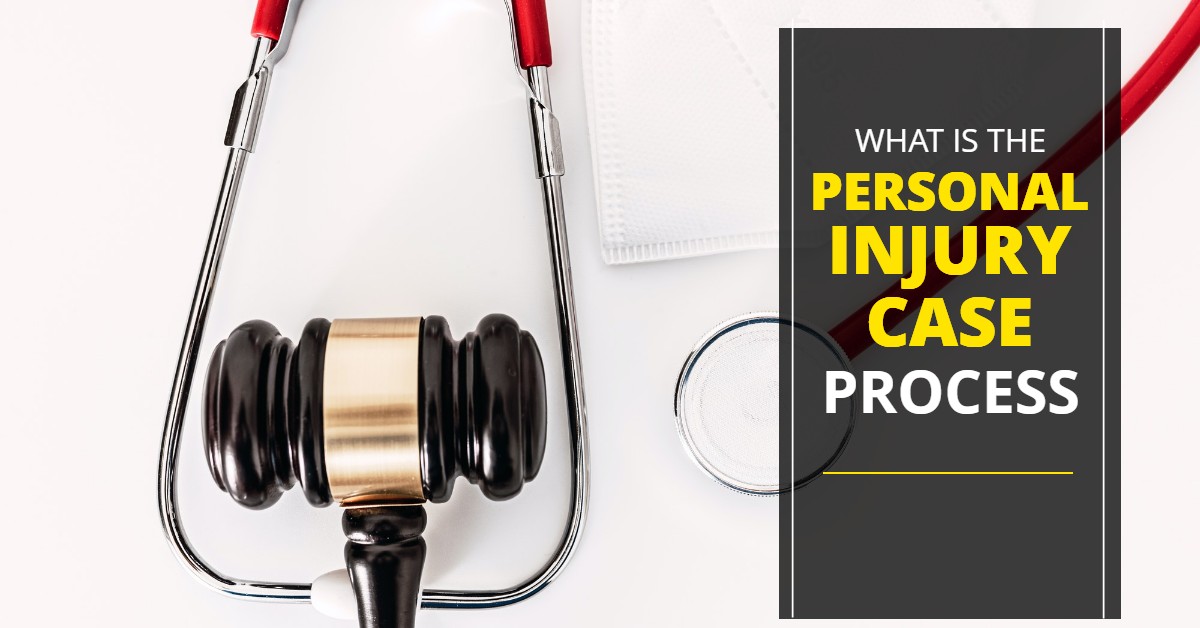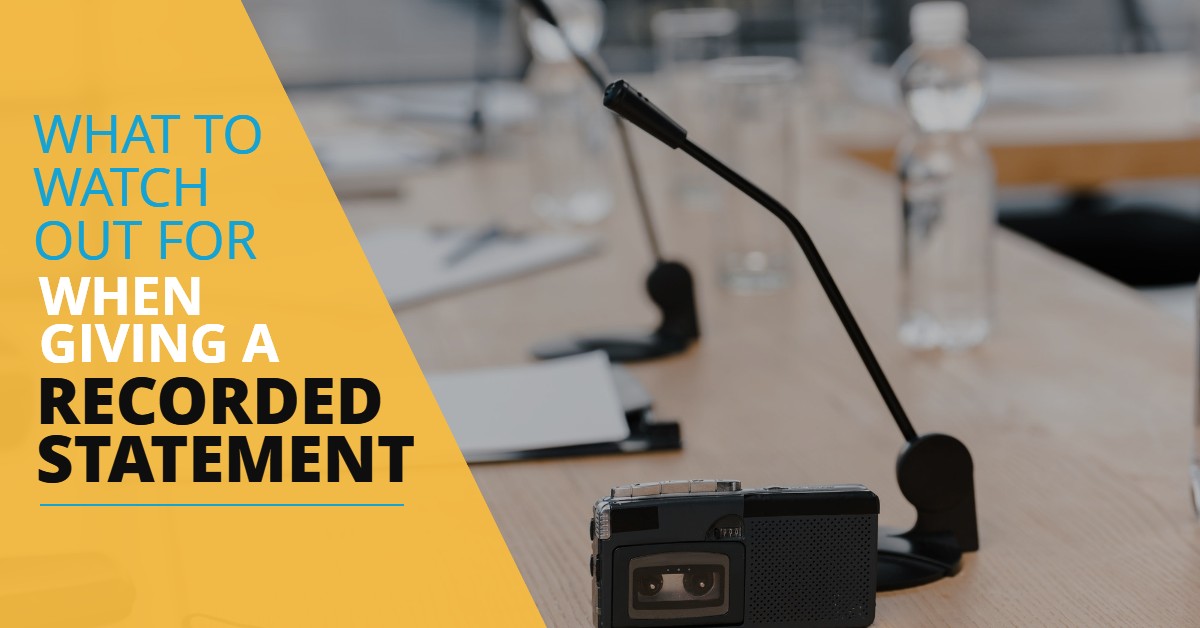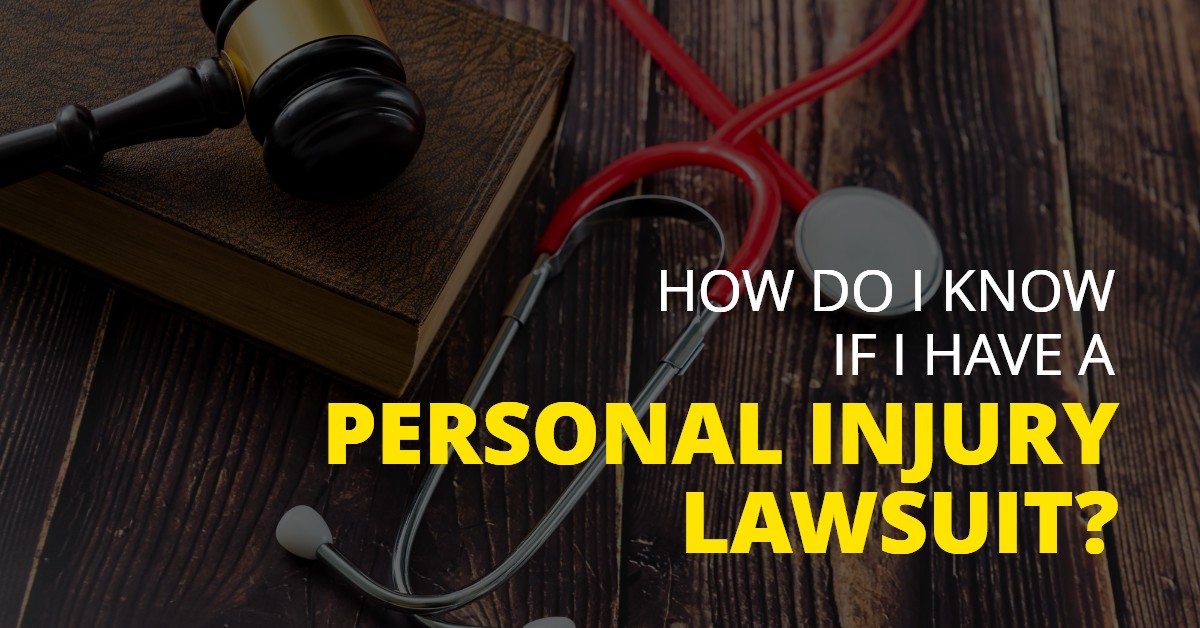If you’ve been injured in any kind of accident that looks like it was someone else’s fault, you might be wondering what to expect in a typical personal injury case, including how long it takes. This article will walk you through the standard timeline of a personal injury claim. (Important note: As you read, keep in mind that most personal injury cases settle, often without a lawsuit being filed in court. So your case probably won’t reach every stage discussed here; it could settle at any point on the timeline.)
Get Medical Treatment
The first thing that you should do after getting injured in an accident is get medical treatment. That means, if you have even the slightest sense that you are hurt, go to the emergency room or make an appointment see your doctor. Not only is this the right thing to do for your health, but, if you don’t see a doctor for some time after an accident, the insurance adjuster and the jury will probably assume that your injuries aren’t that serious.
Consult a Personal Injury Lawyer
For anything more than a very minor claim, it’s usually a good idea to at least discuss your situation with a personal injury lawyer. You can handle a small personal injury claim yourself (as long as you’re comfortable with the process and confident you can get a fair result), but you will absolutely need a lawyer for any personal injury claim where you suffered significant injury, or the other side is putting up a fight on key issues. In general, if you are out of work for more than a couple of days, if you break a bone, or if your medical bills total more than a couple of thousand dollars, you should talk to a lawyer, and you might want to meet several of them. Get details on what to ask before hiring a personal injury lawyer.
Lawyer Investigates Claim and Reviews Medical Records
One of the first things your lawyer will do is interview you. The lawyer wants to know everything you know about the accident, your injuries, and your medical treatment. Lawyers don’t want to be surprised, so make sure to answer all questions as completely as you can.
GOT QUESTIONS… JUST CLICK HERE!Next, the lawyer will get all of your medical records and bills relating to the injury and will probably also get your medical records for any treatment you have ever had relating to the condition at issue in the case. This can take months.
Lawyer Considers Making Demand and Negotiating
Many smaller personal injury claims are settled before a lawsuit is ever filed. If the lawyer thinks that the case can be settled, they will make a demand to the other attorney or the other side’s insurance company.
A good lawyer will not make a demand until the plaintiff has reached a point of maximum medical improvement (MMI). MMI is when the plaintiff has ended all medical treatment and is as recovered as possible. This is because, until the plaintiff has reached MMI, the lawyer does not know how much the case is worth.
The lawyer should also not file a lawsuit until MMI. This is because, if the plaintiff is not at MMI by the time that the case goes to trial, the jury might undervalue the case.
If settlement talks stall or the two sides are two far apart, the case moves into the “litigation” phase.
The Personal Injury Lawsuit is Filed
The litigation phase starts when you and your lawyer file a personal injury lawsuit in court. The filing of the lawsuit starts the clock running on when the case might get to trial. Every state’s pretrial procedures are different, but generally it will take one to two years for a personal injury case to get to trial. Keep in mind that a lawsuit needs to be filed within strict time limits that every state has set in a law called a statute of limitations.
The Discovery Phase of a Personal Injury Case
The discovery phase is when each party investigates what the other side’s legal claims and defenses are. They send interrogatories (a fancy word for questions) and document requests to each other, and take depositions of all relevant parties and witnesses, generally beginning with the plaintiff and defendant. This process can last six months to a year, depending on the court’s deadlines and the complexity of the case.
Mediation and Negotiation
As the discovery period ends, the lawyers will generally start talking settlement. Sometimes the lawyers can settle just by talking among themselves, but, in other cases, they will go to mediation, a process in which both clients and both lawyers get help from a neutral third-party mediator to try to resolve the case. (Learn more about mediation of personal injury claims.)
Trial
Mediation often works, but if it doesn’t, the case is scheduled for trial. A personal injury trial can last a day, a week, or even longer. The length may be increased because, in many states, trials are held for only half a day instead of over a full day. That doubles the length of a trial, but also lets the lawyers and judges get other things done in the afternoon.
One important thing to know about trials is that just because a lawsuit is scheduled for trial does not mean the trial will actually occur on that date. Trials often get pushed because of the judge’s schedule. If your trial gets moved, you should not automatically assume that something unfavorable is happening. Trials are delayed all the time, and for the most innocuous of reasons. For details on this stage of the process in the context of one of the most common types of injury cases, learn what happens when a car accident case goes to trial.
Article reference:
https://www.nolo.com/








